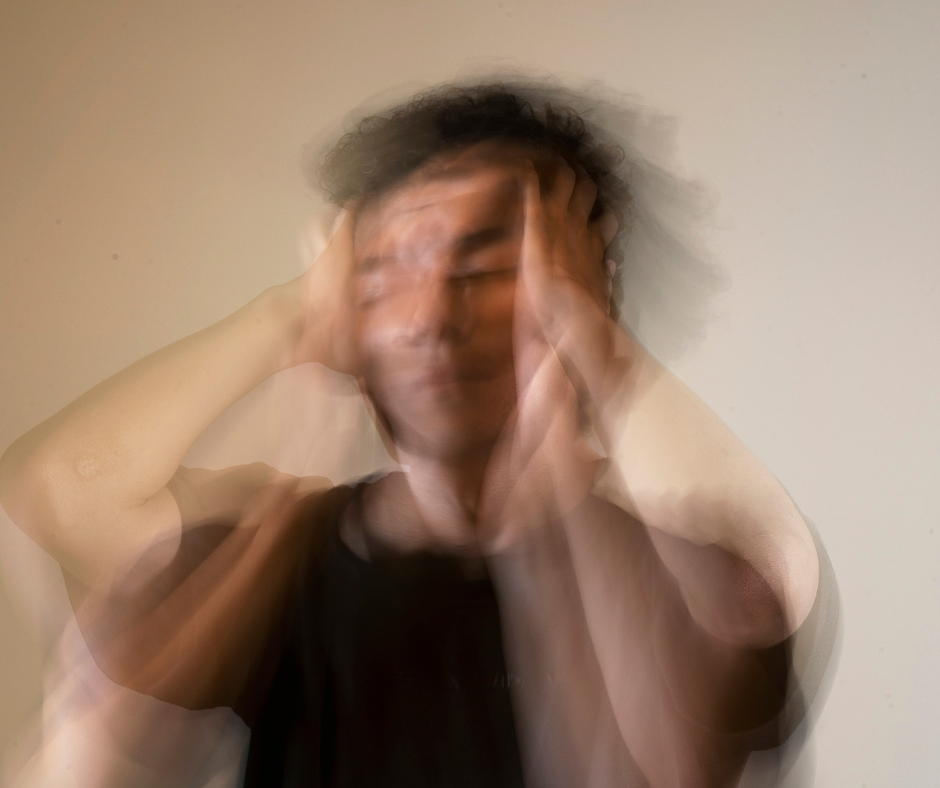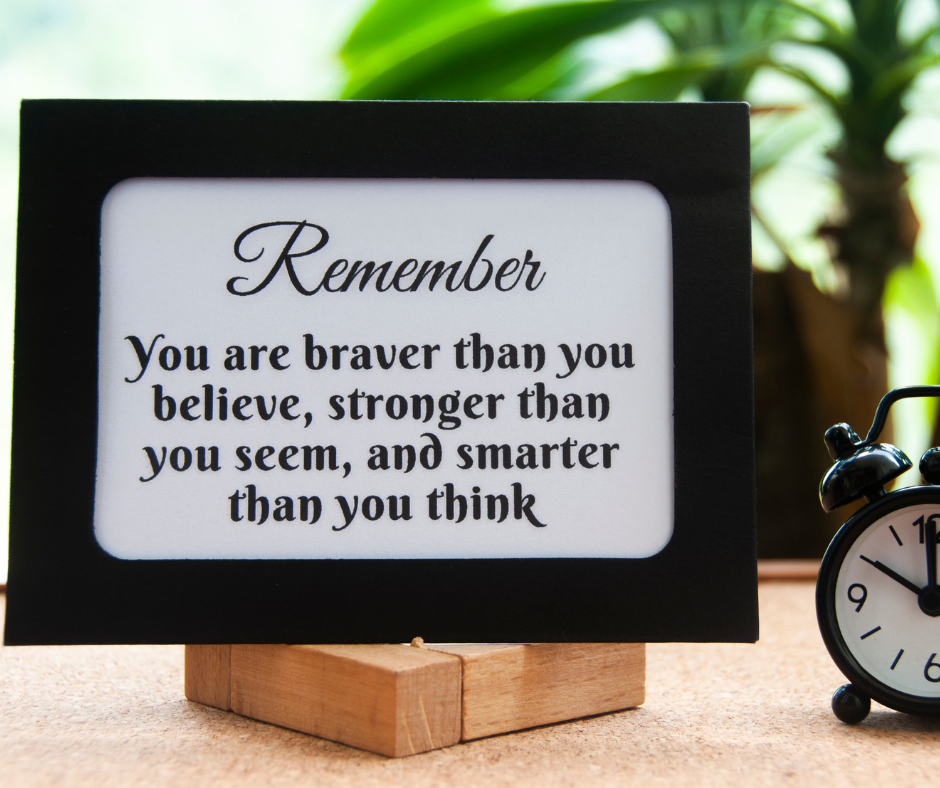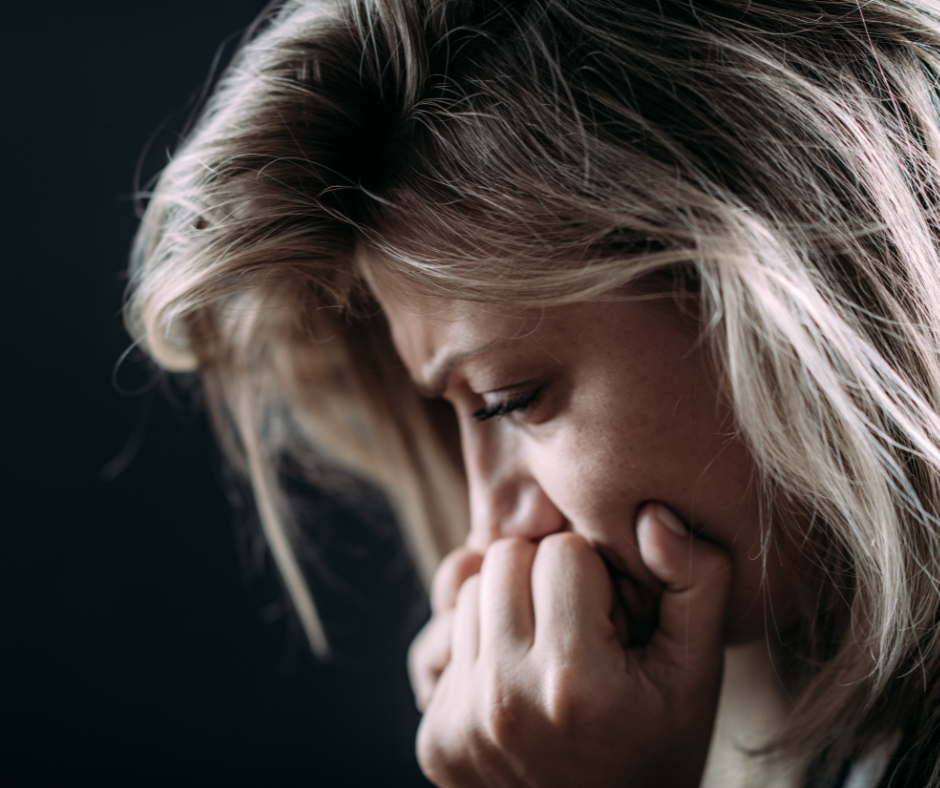
Understanding Anxiety Disorder Symptoms: Recognizing Signs and Seeking Support
Anxiety, a common yet complex phenomenon, manifests in various forms, affecting millions worldwide. In our ongoing quest to shed light on anxiety’s multifaceted nature, we delve deeper into anxiety disorder symptoms. Recognizing these signs is the first step toward understanding and managing anxiety effectively. As we navigate this labyrinth of emotions, let us embark on a journey of exploration and enlightenment. Together, we will unravel the intricacies of anxiety disorder symptoms, offering clarity, compassion, and hope to those who seek understanding and support. At the heart of anxiety disorder lies a persistent sense of worry and fear that extends beyond normal concerns. Individuals may experience intrusive thoughts, often fixating on potential threats or catastrophic outcomes. This constant state of apprehension can significantly impact daily functioning and quality of life. Physical Symptoms Anxiety disorder often manifests in a myriad of physical symptoms, ranging from mild discomfort to severe distress. These may include: Rapid heartbeat Shortness of breath Sweating Trembling or shaking Dizziness or lightheadedness Gastrointestinal disturbances Muscle tension or aches Fatigue or restlessness These physical manifestations underscore the intimate connection between the mind and body, highlighting the profound impact of anxiety on overall well-being. Cognitive Symptoms The cognitive symptoms of anxiety disorder can be equally debilitating, affecting thought patterns, decision-making, and perception. Common cognitive symptoms include: Racing or intrusive thoughts Difficulty concentrating or focusing Irrational fears or phobias Catastrophic thinking Heightened sensitivity to perceived threats Memory impairment or forgetfulness These cognitive distortions can distort reality, leading individuals to perceive danger where








